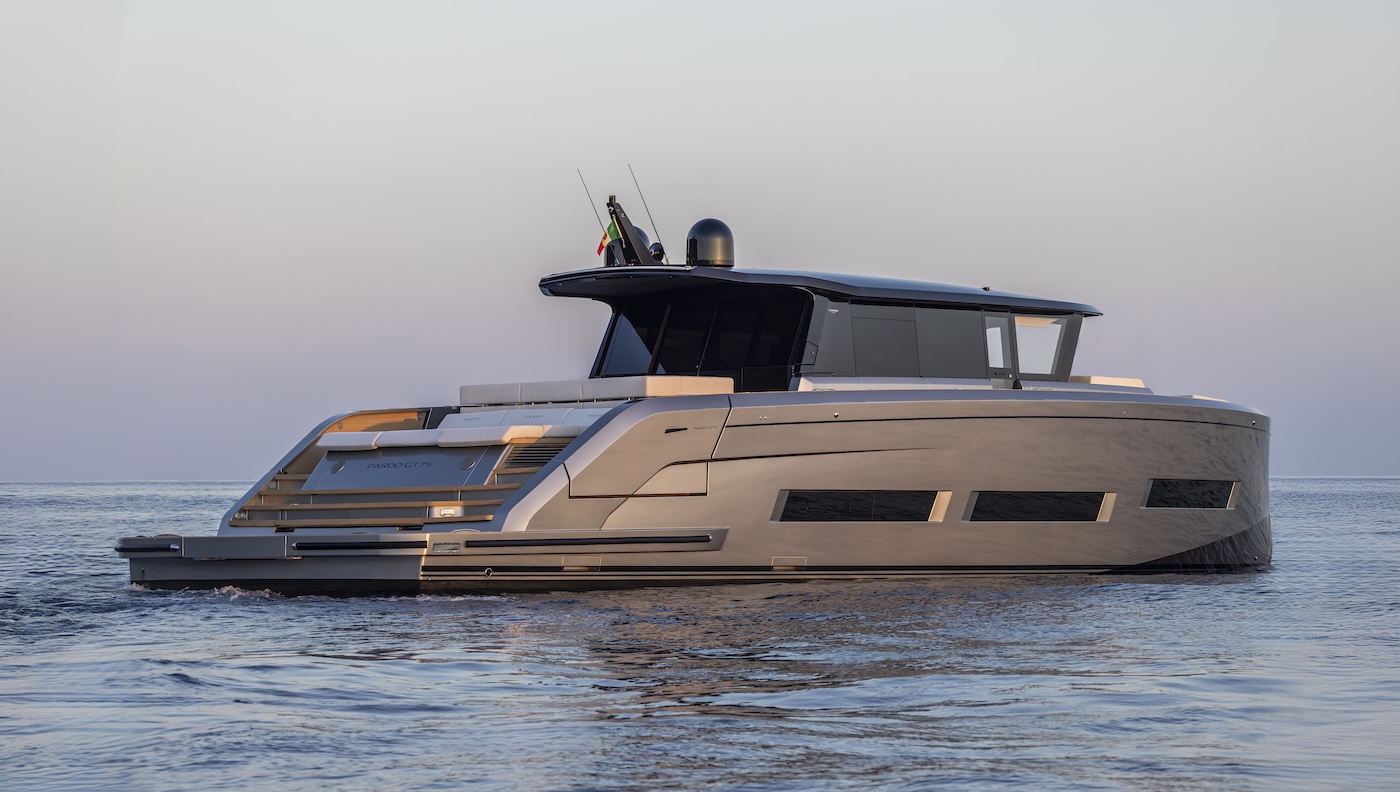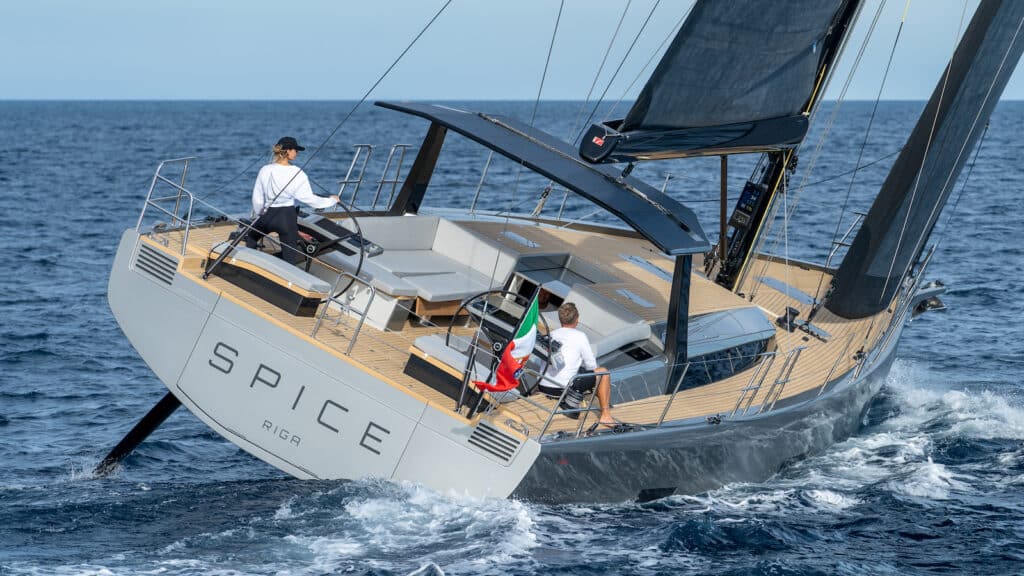Le regole sulle precedenze in mare per evitare collisioni anteponendo sempre il buon senso

Intanto vediamo da cosa si capisce se siamo in rotta di collisione con un’altra barca.
La regola è di una semplicità disarmante: se fra le due barche in navigazione la distanza diminuisce e il rilevamento non cambia, vuol dire che è solo questione di tempo: siamo in rotta di collisione. A questo punto chi è che deve manovrare per evitare il cosiddetto abbordo in mare? Dipende.
Fra una barca a vela e una a motore, la prima ha sempre la precedenza. Secondo il regolamento, la barca a vela ha la precedenza su qualsiasi barca a propulsione meccanica. la vela deve dare precedenza solo nel caso in cui la barca a motore abbia difficoltà di manovra, sia condizionata dal suo pescaggio, ossia se non le dà precedenza la butta in secca, sia intenta in operazioni di pesca o che non governi. Tutto questo vale se la barca a vela naviga solo con le vele. Se utilizza il motore, tutto decade e subentrano altre regole.

Prendiamo ora il caso di due barche a vela che incrociano le loro rotte. La precedenza sempre della barca con mure a dritta, ossia che naviga con la parte destra colpita dal vento. Se le due barche hanno le stesse mure, avrà la precedenza quella sottovento.

Infine c’è il caso di una barca che raggiunge l’altra. In questi casi è sempre la raggiungente che dà la precedenza. Ma quando una barca è da considerarsi tale? La regola dice che si è raggiungenti se si naviga all’interno dei 135 gradi (l’angolo di visuale della luce di coronamento) della barca che stiamo raggiungendo.
Rinfrescate queste poche regole, ricordiamoci sempre che in ogni caso ogni comandante ha il dovere di evitare gli abbordi in mare, che non sono quelli dei pirati, ma appunto le collisioni.
Quindi sempre una persona capace di guardia in pozzetto o in plancia, rispetto rigoroso delle regole, prudenza e buonsenso.










